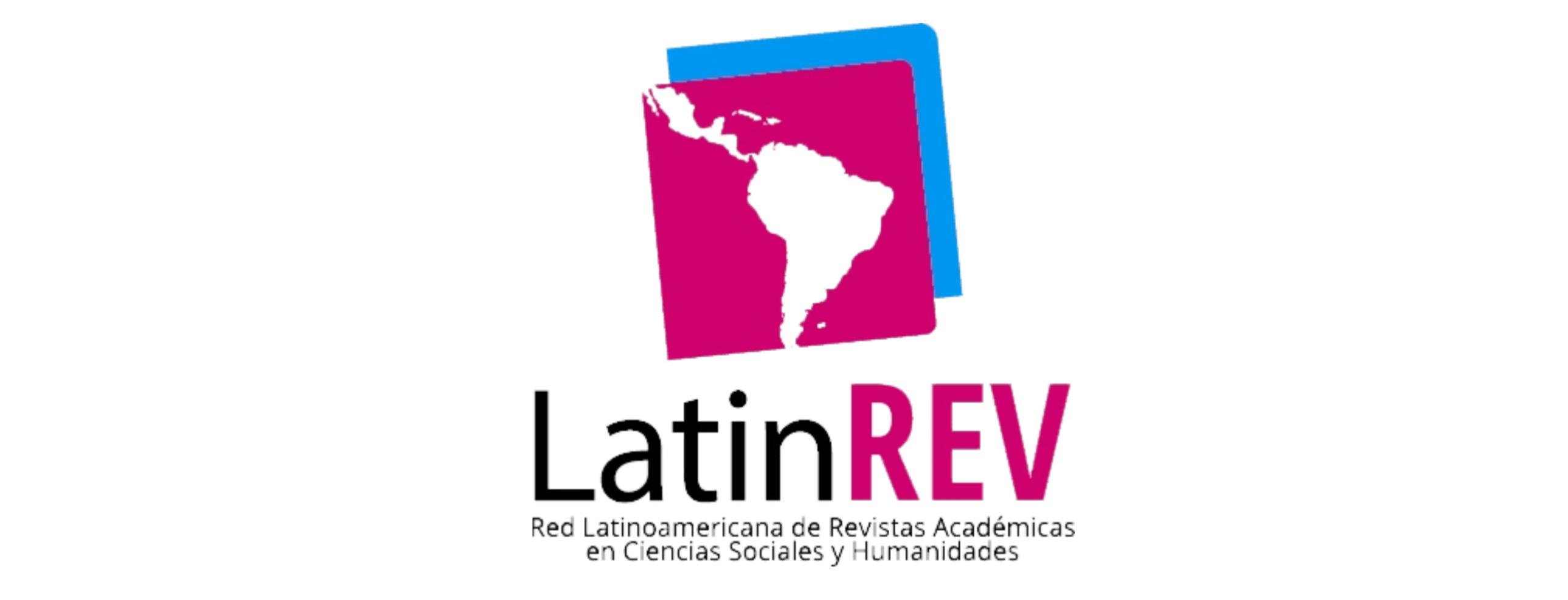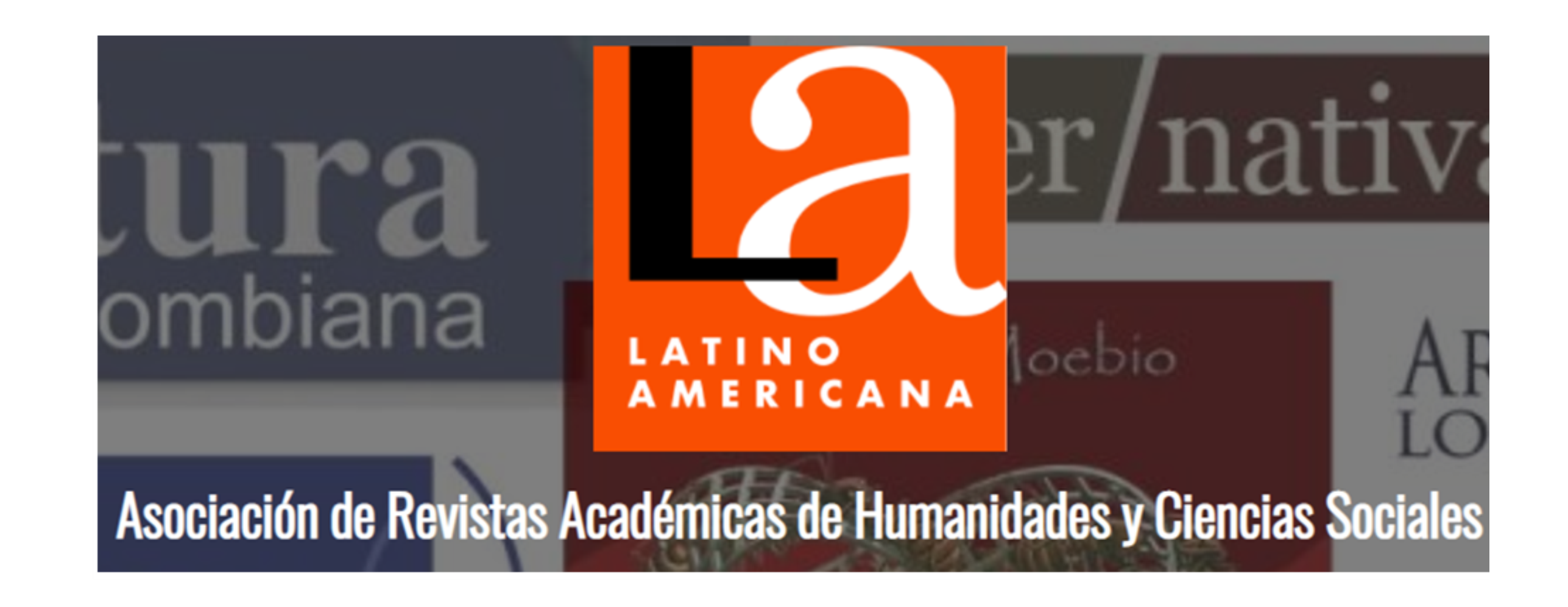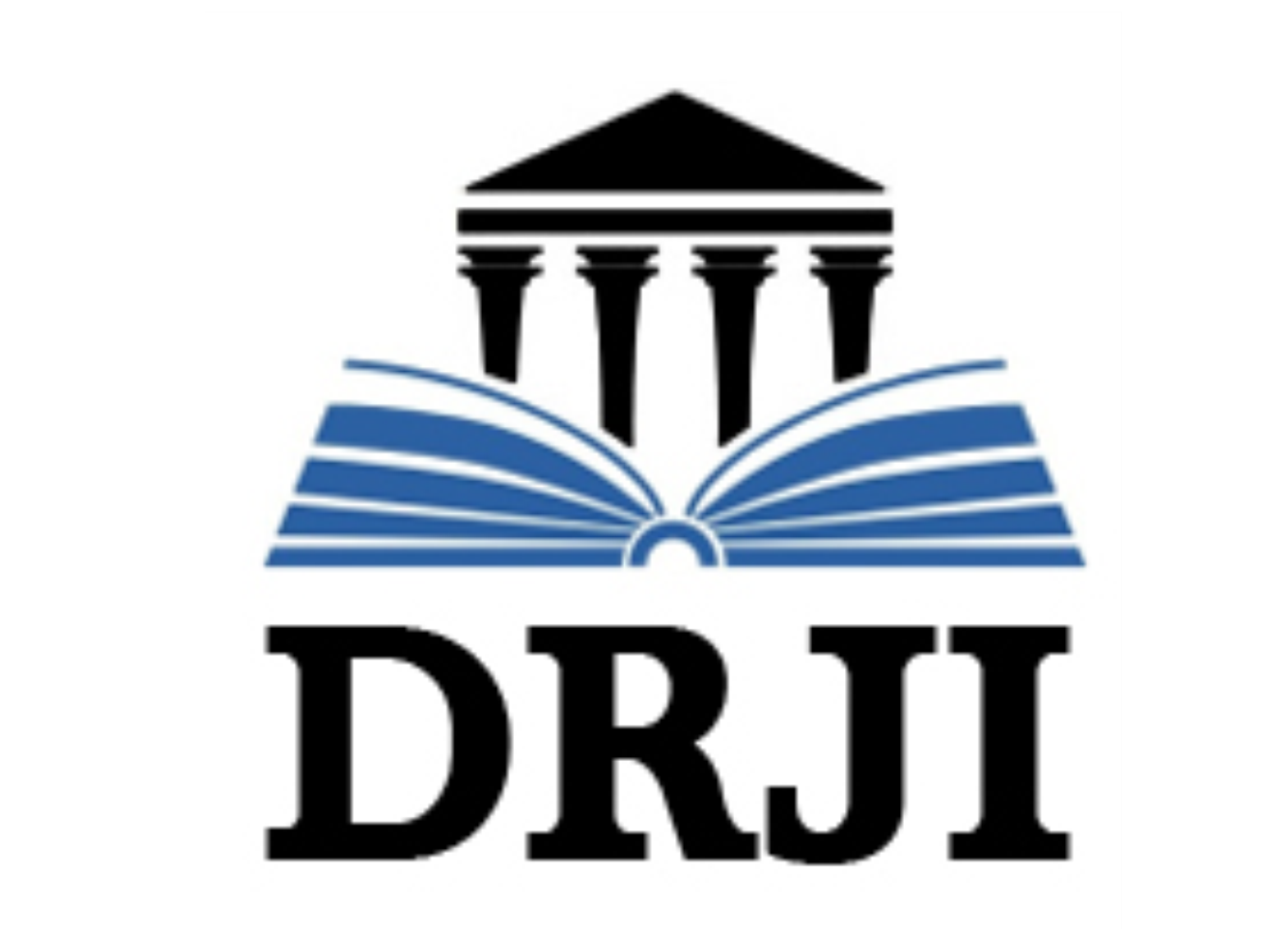INSTAGRAM AS AN EDUCATIONAL TOOL FOR A GROUP OF PARAGUAYAN HIGH SCHOOL STUDENTS
Palabras clave:
Adaptability, Didactics, Social Media, Educational tool, InstagramResumen
Education faces a new digital generation of students that is constantly exposed to information and informal learning. They browse daily through social networking sites, where they spend an important amount of time. This generation challenges the traditional system of teaching and learning at the school. Therefore, educational institutions need to seek techniques to improve the learning experience and expose students to useful knowledge during and after the lessons. Social media such as Instagram presents interesting features that could be useful for educational purposes. This study aims to find how Instagram can be used as an educational platform for EFL lessons. The study analyzes the perceptions of the students who participated in the use of Instagram as an educational tool for English lessons in a Paraguayan private high school. The qualitative data obtained from the participants through questionnaires and interviews, plus the data registered on Instagram during the academic year 2020 was analyzed to provide the outcome. The results showed that most students agreed that Instagram can be a useful educational tool. Students remarked that tools such as Instagram TV, the stories, short videos, quizzes, etc., fostered their learning process. They mentioned that the main negative aspect of this platform is the distraction it causes. According to the general results, Instagram is a useful tool for English lessons if used properly by the teacher.
Referencias
A. Johnston, K. (2013). A guide to educating different generations in South Africa. Issues in Informing Science and Information Technology, 10, 261–273. https://doi.org/10.28945/1810
ABC. (2012). 190 escuelas públicas impartirán clases de inglés a partir del primer grado. Retrieved April 22, 2020, from https://www.abc.com.py/nacionales/190-13escuelas-publicas-impartiran-clases-de-ingles-a-partir-del-primer-grado-358360.html
Abe, P., & Jordan, N. A. (2013). Integrating social media into the classroom curriculum. About Campus, 18(1), 16–20. https://doi.org/10.1002/abc.21107
Abney, A. K., Cook, L. A., Fox, A. K., & Stevens, J. (2019). Intercollegiate Social Media Education Ecosystem. Journal of Marketing Education, 41(3), 254–269. https://doi.org/10.1177/0273475318786026
ADN Paraguay. (2016, August 1). Hay más celulares que habitantes en Paraguay -
ADN Paraguayo. Retrieved June 4, 2020, from https://www.adndigital.com.py/haymas-celulares-que-habitantes-en-paraguay/
ADN Paraguayo. (2017, February 11). Analizan fortalecer el inglés en el Paraguay -
ADN Paraguayo. Retrieved June 4, 2020, from https://www.adndigital.com.py/analizan-fortalecer-el-ingles-en-el-paraguay/
Agencia IP. (2017, August 25). El 87% de los paraguayos tiene acceso a internet |
Agencia IP Retrieved June 4, 2020, from https://www.ip.gov.py/ip/el-87-de-losparaguayos-tiene-acceso-a-internet/
Akhiar, A., Mydin, A. A., & Kasuma, S. (2017). Students’ perceptions and attitudes towards the use of Instagram in English language writing. Malaysian Journal of Learning and Instruction, (Specialissue), 47–72.
Al-Ali, S. (2014). Embracing the selfie craze: exploring the possible use of Instagram as a language learning tool. Issues and Trends in Educational Technology, 2(2), 1–16.
Aloraini, N. (2018). Investigating Instagram as an EFL Learning Tool. Arab World English Journal, 4(4), 174–184. https://doi.org/10.24093/awej/call4.
Alsaied, H. I. K. K. (2017). Perceived effectiveness of social media as an English language learning tool. Arab World English Journal (AWEJ), 8(1), 79–93.
Alshabeb, Abdulrahman M.; Almaqrn, R. K. (2018). A study of EFL Saudi students’ use of mobile social media applications for learning. Arab World English Journal (AWEJ), (4), 214–226. https://doi.org/https://dx.doi.org/10.24093/awej/call4.17
ALshenqeeti, H. (2018). Technology in the language classroom: how social media is changing the way EFL is taught. Arab World English Journal (AWEJ) Special Issue on CALL, 5(4), 55–68. Retrieved from https://dx.doi.org/10.24093/awej/call4.5
Arteaga Ramírez, L. (2014). La filosofia y el reto de la educación latinoamericana. IXTLI: Revista Latinoamericana de Filosofía de La Educación, 1(2), 175–186.
Aydin, S. (2012). A review of research on Facebook as an educational environment. Educational Technology Research and Development, 60(6), 1093–1106. https://doi.org/10.1007/s11423-012-9260-7
Burns, A. (2009). Doing action research in English language teaching: A guide for practitioners. https://doi.org/10.4324/9780203863466
Çelik, S., & Gürcüoğlu, E. A. (2016). Generations and their relations in social processes. Security Strategy and Political Studies, 1(1), 117–127.
Chartrand, R. (2012). Social networking for language learners: Creating meaningful output with Web 2.0 tools. Knowledge Management & E-Learning: An International Journal, 4(1), 97–101. https://doi.org/10.34105/j.kmel.2012.04.009
Choi, J. K. (2005). The linguistic situation in urban Paraguay: A tendency toward Spanish-Guaraní bilingualism? Spanish in Context, 2(2), 175–201. https://doi.org/10.1075/sic.2.2.04cho14
Cresswell, J. W. (2014). Research design: qualitative, quantitative, and mixed methods approaches (4th ed.). California: SAGE Publications, Inc.
Derakhshan, A., & Hasanabbasi, S. (2015). Social networks for language learning. Theory and practice in language studies, 5(5), 1090. https://doi.org/10.17507/tpls.0505.25
Erarslan, A. (2019). Instagram as an education platform for EFL learners. Turkish Online Journal of Educational Technology - TOJET, 18(3), 54–69.
Expósito, P. V. (2014). The role of motivation and engagement in english language learning through facebook and moocs. Actas del II Congreso Internacional Nebrija en Lingüística Aplicada a la Enseñanza de Lenguas. Madrid, Nebrija Prodedia. Retrieved from http://www.nebrija.com/la_universidad/servicios/pdfpublicaciones/ActasNebrija_SegundoCongreso.pdf
Fernández, J. A. (2017). Tic en la profesionalización docente: necesidades formativas y de contexto identificadas en un curso de didáctica universitaria. Universidad Nacional de Asunción.
Goetz, K., Demelenne, D., Díaz, J. J., Rodolfo, E., Giménez, L., Machado, A., … Perazzo, I. (2014). La educacion en su entorno: Sistema educativo y políticas públicas en Paraguay. (L. Ortiz, Ed.). Asunción: Ediciones y Arte S.A. Retrieved from http://biblioteca.clacso.edu.ar/Paraguay/cadep/20160714114128/9.pdf
Handayani, F. (2016). Instagram as a teaching tool? Really? Proceedings of the fourth international seminar on English language and teaching (ISELT-4), 320–327.
Hoffmann, M. M., & Ramirez, A. Y. F. (2018). Students ’ attitudes toward teacher use of technology in classrooms. 21st Century Learning & Multicultural Education Students’, 51–57.
Ivanova, A., & Smrikarov, A. (2009). The new generations of students and the future of e-learning in higher education. International Conference on E-Learning and Knowledge Society, 17–25. https://doi.org/10.1016/S0305-750X(00)00109-1
Kamnoetsin, T. (2014). Social media use: a critical analysis of Facebook’s impact on collegiate EFL students’ English writing in Thailand. Seton Hall University. Retrieved from http://scholarship.shu.edu/dissertations/2059
Kemp, S. (2018, January 18). Digital in 2018: World’s internet users pass the 4 billion mark - We Are Social. Retrieved June 4, 2020, from https://wearesocial.com/blog/2018/01/global-digital-report-2018
Kirschner, P. A., & De Bruyckere, P. (2017). The myths of the digital native and the multitasker. Teaching and Teacher Education, 67, 135–142. https://doi.org/10.1016/j.tate.2017.06.001
Lamy, Marie; Mangenot, F. (2013). Social media-based language learning: insights from research and practice. In M.-N. ourou K. (2013). S. N. for language education. (Vol. 53). P. M. P. https://doi. org/10. 1017/CBO9781107415324. 00. Lamy (Ed.), Social Networking for language education. (pp. 197–213). Hampshire: Palgrave Macmillan. https://doi.org/10.1057/9781137023384
López, A. (2013). Nuevas tendencias en la auditoría. Contaduría y Administración, (203), 37–44.
Mansor, N., & Rahim, N. A. (2017). Instagram in ESL classrooms. Man In India, 97(20), 107–114.
McLeod, S. (2010). Formal operational stage | Simply Psychology. Retrieved October 16, 2020, from https://www.simplypsychology.org/formal-operational.html15
Ministerio de Educación y Ciencias. (2014). Actualización curricular del Bachillerato Científico: Educación media. Retrieved from https://www.mec.gov.py/cms_v2/adjuntos/8337
Ministerio de Educación y Cultura. (2017). MEC busca elevar el nivel de enseñanza del idioma inglés en el Paraguay. Retrieved April 22, 2020, from https://www.ip.gov.py/ip/mec-busca-elevar-la-ensenanza-del-idioma-ingles-en-elparaguay/
MITIC. (2019). El 97.2% de la población paraguaya usa internet para mensajería instantánea :: Ministerio de Tecnologías de la Información y Comunicación - MITIC. Retrieved June 4, 2020, from https://www.mitic.gov.py/noticias/el-972-dela-poblacion-paraguaya-usa-internet-para-mensajeria-instantanea
Ni, F. (2005). Filosofía de la educación latinoamericana ¨, 26(93), 111–129.
Peréz, J. (2019, July). Paraguayos hiperconectados: acceso a internet llega a 65% | DGEEC, Dirección general de estadística, encuestas y censos, Instagram, Redes Sociales, WhatsApp, Facebook. Retrieved June 4, 2020, from https://www.ultimahora.com/paraguayos-hiperconectados-acceso-internet-llega-65-n2831620.html
Pilli, O. (2014). LMS vs. SNS: can social networking sites act as learning management systems? American International Journal of Contemporary Research, 4(5), 90–97. Retrieved from http://www.aijcrnet.com/journals/Vol_4_No_5_May_2014/9.pdf
Plutino, A. (2017). Teachers as awakeners: a collaborative approach in language learning and social media. In Innovative language teaching and learning at university: enhancing employability (pp. 115–125). Southampton. https://doi.org/10.14705/rpnet.2017.innoconf2016.661
Poder Legislativo. (2013). Ley N° 5031: Que implementa el idioma inglés en la malla curricular desde el preescolar hasta el tercero de la media. Retrieved from http://bacn.gov.py/archivos/2676/20141023080844.pdf
Razak, N. A., & Saeed, M. A. (2015). EFL Arab learners’ peer revision of writing in a Facebook group: Contributions to written texts and sense of online community. English Language Teaching, 8(12), 11. https://doi.org/10.5539/elt.v8n12p11
Rideout, V., & Robb, M. (2019). The common sense census: media use by tweens and teens. Common Sense Media. https://doi.org/10.1017/CBO9781107415324.004
Selwyn, N. (2013). The ‘new’ connectivities of digital education. In M. Apple, S. Ball, & L. Gandin (Eds.), The Routledge International Handbook of Innovation Education (pp. 90–98). Routledge. https://doi.org/10.4324/9780203387146
Slim, H., & Hafedh, M. (2019). Social media impact on language learning for specific purposes: A study in English for business administration. Teaching English with Technology, 19(1), 56–71.
Šliogerienė, J., Masoodi, M., & Gulbinskienė, D. (2016). Facebook as a tool in university English language education. In Acta Paedagogica Vilnensia (pp. 1392–5016). https://doi.org/10.15388/ActPaed.2016.36.l0070
UNESCO. (2015). Revisión Nacional 2015 de la Educación para Todos. Asunciín.
Wong, M., Gardiner, E., Lang, W., & Coulon, L. (2008). Generational differences in personality and motivation: Do they exist and what are the implications for the workplace? Journal of Managerial Psychology, 23(8), 878–890. https://doi.org/10.1108/02683940810904376
Wright, W. E., Boun, S., & García, O. (2015). The Handbook of Bilingual and Multilingual Education. Wiley Blackwell.16
Yagci, T. (2014). Mobile social media challenges digital natives in EFL learning. Journal of Educational and Instructional Studies in the World, 4(4), 49–53. Retrieved from http://www.wjeis.org/FileUpload/ds217232/File/08b.yagci.pdf
Yunus, M. M., Salehi, H., & Chenzi, C. (2012). Integrating social networking tools into ESL writing classroom: Strengths and weaknesses. English Language Teaching, 5(8), 42–48. https://doi.org/10.5539/elt.v5n8p42
Descargas
Publicado
Número
Sección
Licencia

Esta obra está bajo una licencia internacional Creative Commons Atribución-NoComercial-SinDerivadas 4.0.











